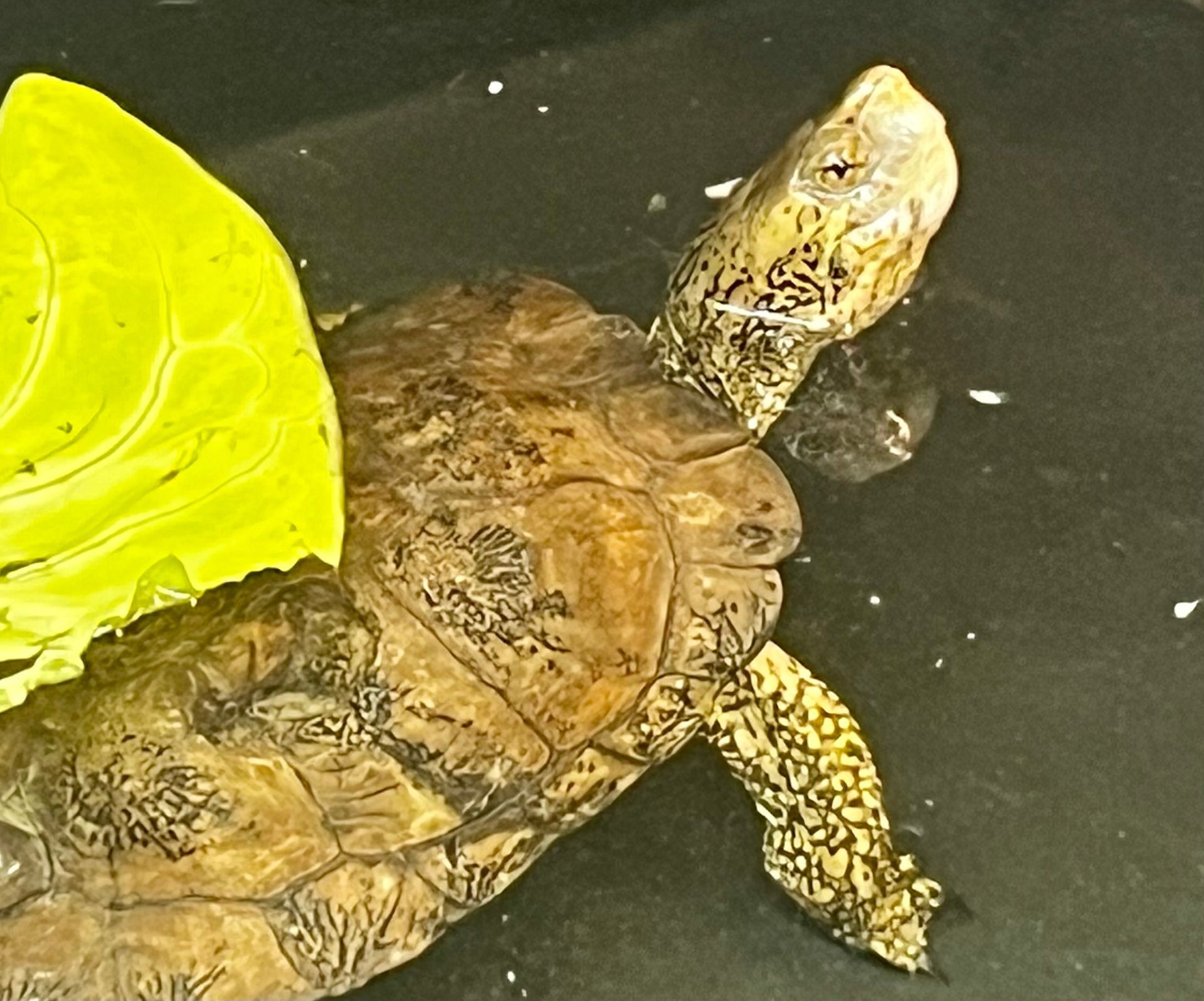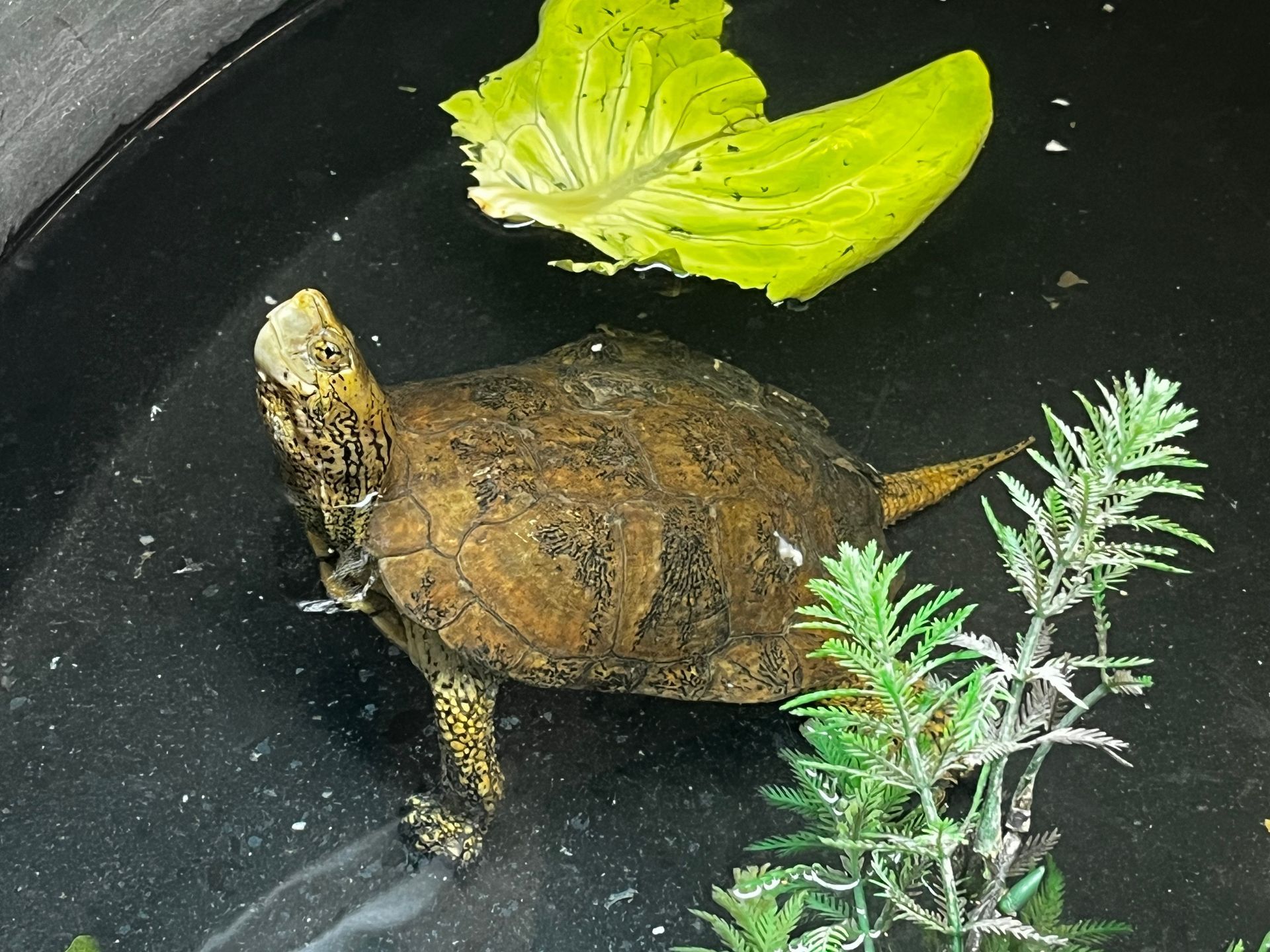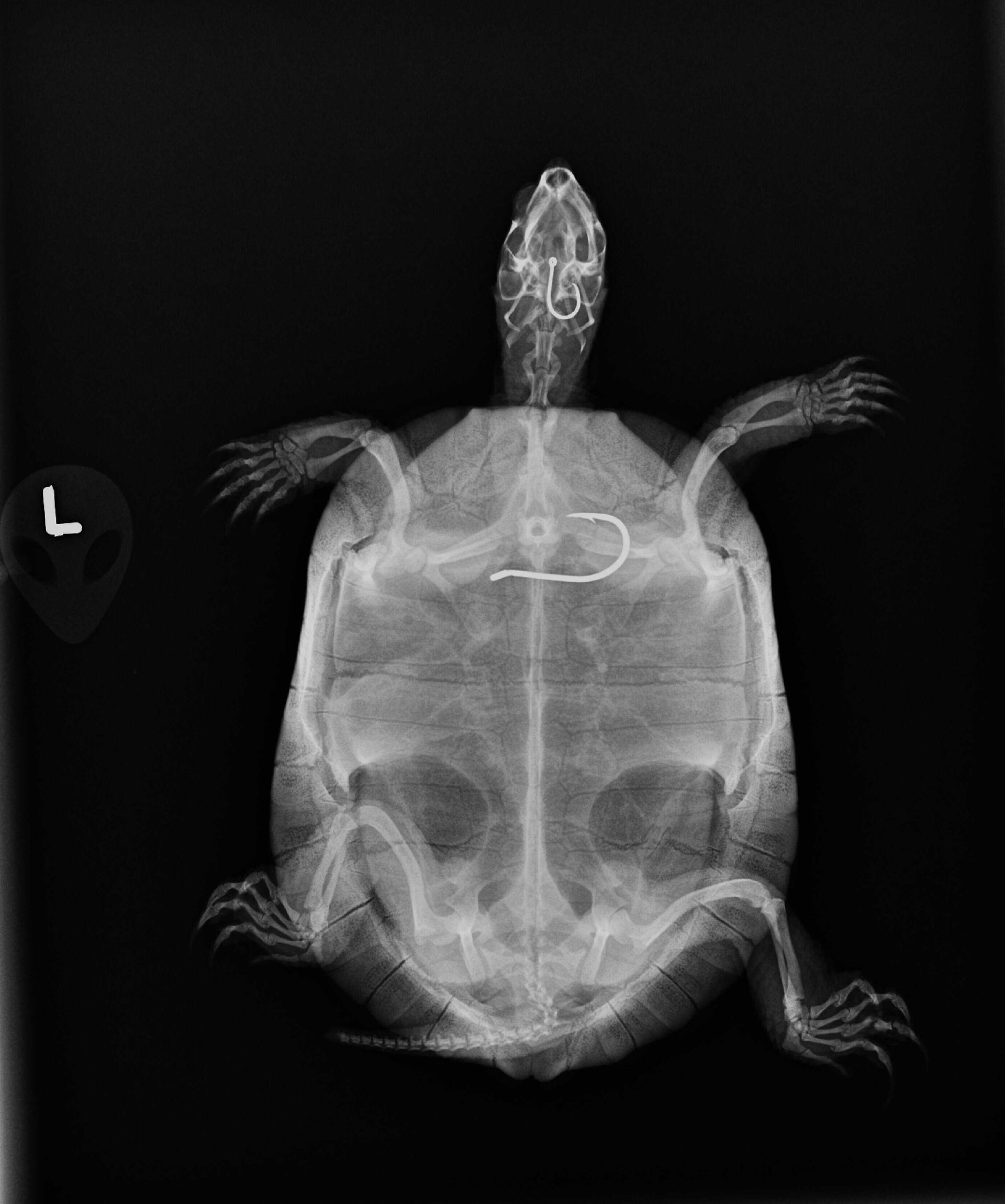Releasing a healthy animal back into the wild is more complicated that it may seem.
When an animal in our care is ready to be released into the wild, the process involved is more complicated than simply going to an appropriate environment and releasing it. In fact, planning for release starts at intake. Alongside taking the vitals of the animal, wildlife rehabilitators also document where the animal was collected from. If you have brought an injured animal into SBWCN, you will surely be familiar with the intake form which asks about the address the patient was found. This is because rehabilitators as SBWCN do their best to return the animal to its original habitat after it is treated and deemed releasable.
There are other factors than location to consider when rehoming a species. If the injured animal had wandered from its place of origin after being injured, the location it was picked up from may not be suitable for release. A grounded bird for instance could have wandered away from its natural environment in search of food or safety, or a small mammal could have been carried by a larger predator some ways from its home. Additionally if the species is a flocking or sociable one, it may need to return to its specific group or another who could fill the role without bringing further harm to the individual.

Recently a patient rehoming story came to my attention that was more complicated than anticipated. A Southwestern Pond Turtle, known as patient 716, was admitted in mid-April with a shell fracture. Today, 716 has healed to the point of release but his return to the wild is delayed until his point of origin or a suitable habitat is located by SBWCN. However 716 was picked up in the middle of town, an unusual place to find a turtle. Heavy rains earlier in the season had occurred and it was suspected that 716 had been caught up and washed downstream. Some spaces upstream however were either too contaminated or at risk of further erosion so releasing 716 is tied up in discussion and deliberations amongst biologists to determine the best location for his return to the wild.
Other difficulties arise when releasing Western Pond Turtles like patient 716. Releasing some species becomes entangled with legal considerations as well depending on if the species is native, threatened, or endangered. California has specific laws of take and handling for its protected species on top of the federal ones in place by the Endangered Species Act of 1973. The Western Pond Turtle is one of these species. Wildlife rehabilitation hospitals like SBWCN, alongside other nature and wildlife centers, need to pursue proper accreditation and have special permits to even handle protected species like the Western Pond Turtle. What this means for release, is that special thought needs to be put into where these turtles are rehomed as they need to return to a space that allows the turtle to thrive and reproduce without artificial intercession.

Western Pond Turtles underwent some legal and classificatory drama during the past decade. Researchers determined that the species known as the Western Pond Turtle was in fact genetically distinct enough to be reclassified as two species. Thus, where the umbrella species was originally considered a vulnerable population, this split of the whole community into two separate species counts meant the total population numbers were also divided. Worries about a vulnerable species grew as people reconsidered that the number left in the wild was in fact much smaller than they had previously thought. Now anxious about the diminishing population of the Western Pond Turtle, conservationists petitioned for its inclusion in the federal Endangered Species Act List of endangered species (ESA) and on the state level for California with the California Endangered Species Act (CESA). While federally, the Western Pond Turtle remains in limbo, it is protected in California.
Currently SBWCN staff are following two leads to get the western pond turtle released. In one avenue of inquiry, they are sleuthing out its place of origin through following the turtle's paper trail, looking at likely habitats, and trying to determine patient 716’s home. All the while SBWCN staff are also surveying new locations for 716, determining if these new spots would provide a suitable habitat where he could thrive. Whichever one they find first might very well become 716’s new habitat as he is getting ready to graduate rehab with a clean bill of health.
Wish us luck on our turtle house hunting!
UPDATE 9/19/25: After 152 days in care, one of our longest in residence patients this year, Western Pond Turtle 716 has finally been released!

References and Further Reading:
Western Pond Turtle (Actinemys marmorata) | U.S. Fish & Wildlife Service. (2024, April 3). https://www.fws.gov/species/western-pond-turtle-actinemys-marmorata
Western Pond Turtle More Critically Endangered Than Once Thought. (2014, June 10). https://www.biologicaldiversity.org/news/press_releases/2014/western-pond-turtle-06-10-2014.html?gad_source=1&gad_campaignid=20613662605&gbraid=0AAAAAD3I-HN7uD-5Pkwu_Dzj6pM65appY&gclid=CjwKCAjw4efDBhATEiwAaDBpbuTF-eZnUymyqdGCPLzxaY3E8A6h4i7nYeRu8NEevzJEyusJ5RwvjxoC1k8QAvD_BwE
California Natural Diversity Database (CNDDB). July 2025. State and Federally
Listed Endangered and Threatened Animals of California. California Department of Fish
and Wildlife. Sacramento, CA.





